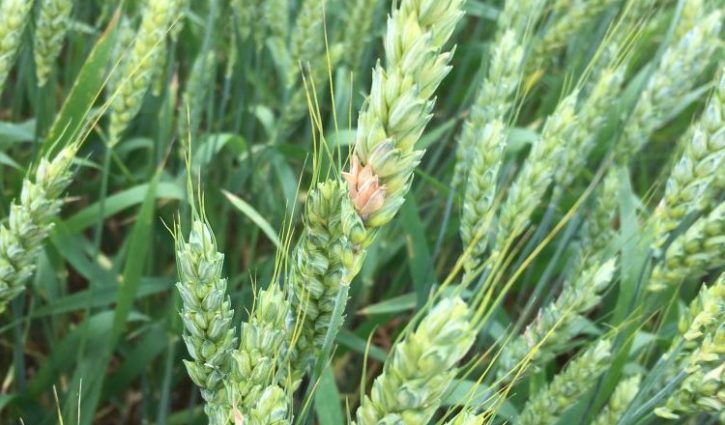Remember- the tar spot pathogen can survive the winter
As we learn more about tar spot on corn, caused by the fungus Phyllachora maydis, we can better understand how the disease works. The more we understand the disease,…
As we learn more about tar spot on corn, caused by the fungus Phyllachora maydis, we can better understand how the disease works. The more we understand the disease,…
The Crop protection network has made available a new tool to help producers and the agricultural community access disease losses in corn and soybeans in the U.S. and Ontario,…
2019 was certainly a year we are all looking forward to wrapping up, and many are starting to do just that throughout the state. Our lab started harvesting both…
Southern rust is caused by the obligate fungal pathogen Puccinia polysora. Puccinia polysora produces fuzzy, raised structures called pustules on leaves and stalks of corn. Pustules contain thousands…
Crops are finally starting to pick up growth throughout the state. In parts of the south we have tasseling corn, while we will hit VT soon in some of…
The UIUC applied field crop pathology lab will be monitoring Tarspot risk this season though testing the Tarspotter forecast application under development by the University of Wisconsin Madison. The…
We are working with our colleagues at the University of Wisconsin-Madison to test and improve their weather based forecasting tool for tar spot on corn. This tool is currently…

Wheat in the southern part of Illinois is approaching heading or just headed, which means that flowering will start within 4-5 days, depending on temperature (heads produce small yellow…
This year many in the Illinois agricultural community have had questions and concerns regarding soybean seed quality. If you recall, many areas in Illinois suffered from persistent late season…
A new tar spot publication is now available through the Crop Protection Network. This publication includes our current knowledge of the disease and management. To access the CPN library…